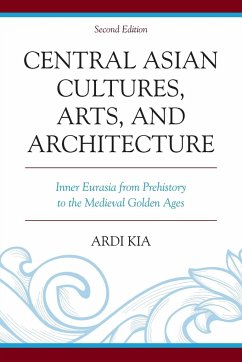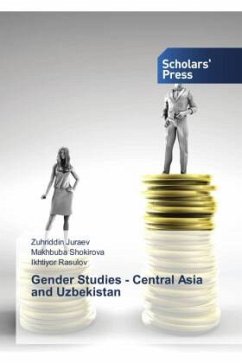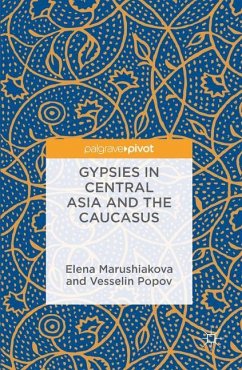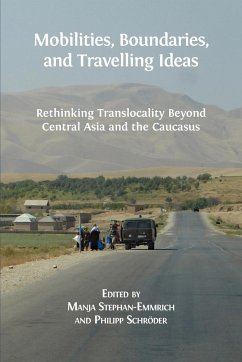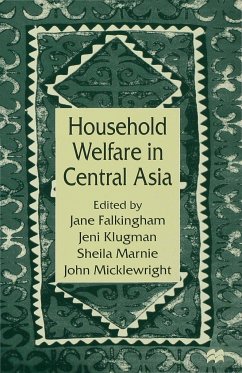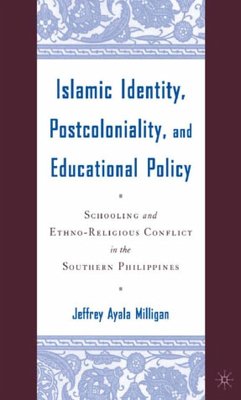
Islamic Culture and Pre-Islamic Beliefs in Central Asia
Versandkostenfrei!
Versandfertig in 1-2 Wochen
110,99 €
inkl. MwSt.
Weitere Ausgaben:

PAYBACK Punkte
55 °P sammeln!
The introduction of Islam ushered in an era of social and cultural change to the region. Some pre-Islamic sacred places have been transformed into Islamic ones, and the cult of saints absorbed elements of both local and Arab mythology. This volume which is a project initiated by the Balkan History Association, focuses on Islamic culture, traditions, and pre-Islamic beliefs in Central Asia. The chapters emphasize the importance of religious life, the significance of certain "sacred places," and their role in the socio-spiritual life. The volume includes research spanning a period from antiquity...
The introduction of Islam ushered in an era of social and cultural change to the region. Some pre-Islamic sacred places have been transformed into Islamic ones, and the cult of saints absorbed elements of both local and Arab mythology. This volume which is a project initiated by the Balkan History Association, focuses on Islamic culture, traditions, and pre-Islamic beliefs in Central Asia. The chapters emphasize the importance of religious life, the significance of certain "sacred places," and their role in the socio-spiritual life. The volume includes research spanning a period from antiquity to the Post-Soviet era to explore how landscapes of religious places and practices were interpreted and reinterpreted through time.





